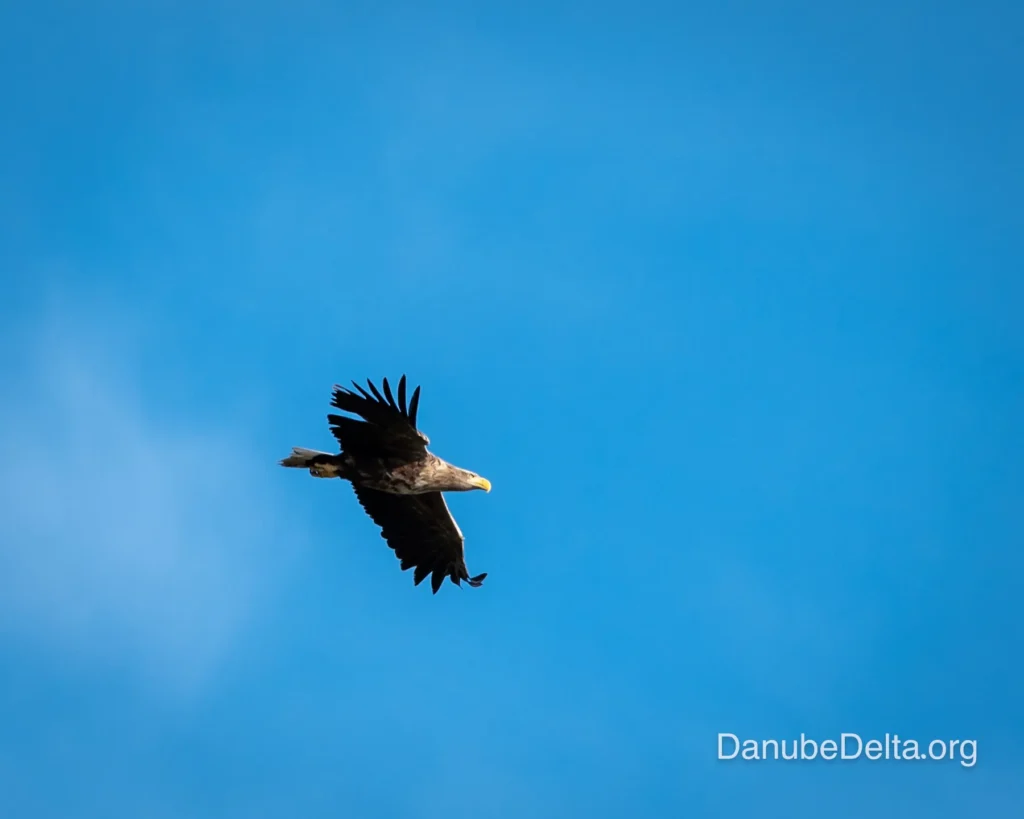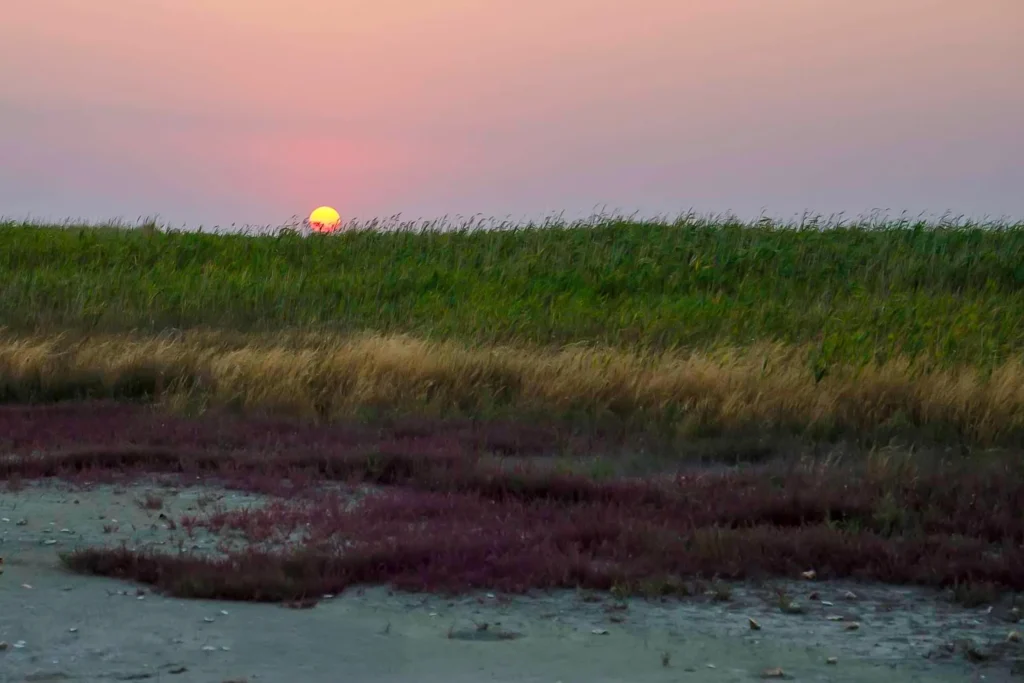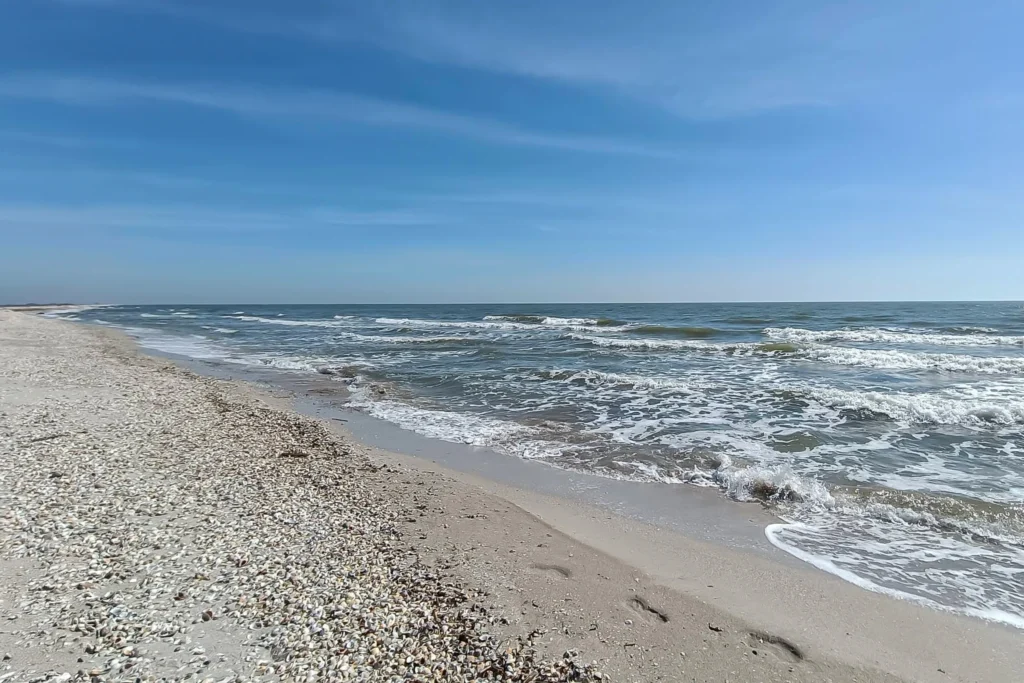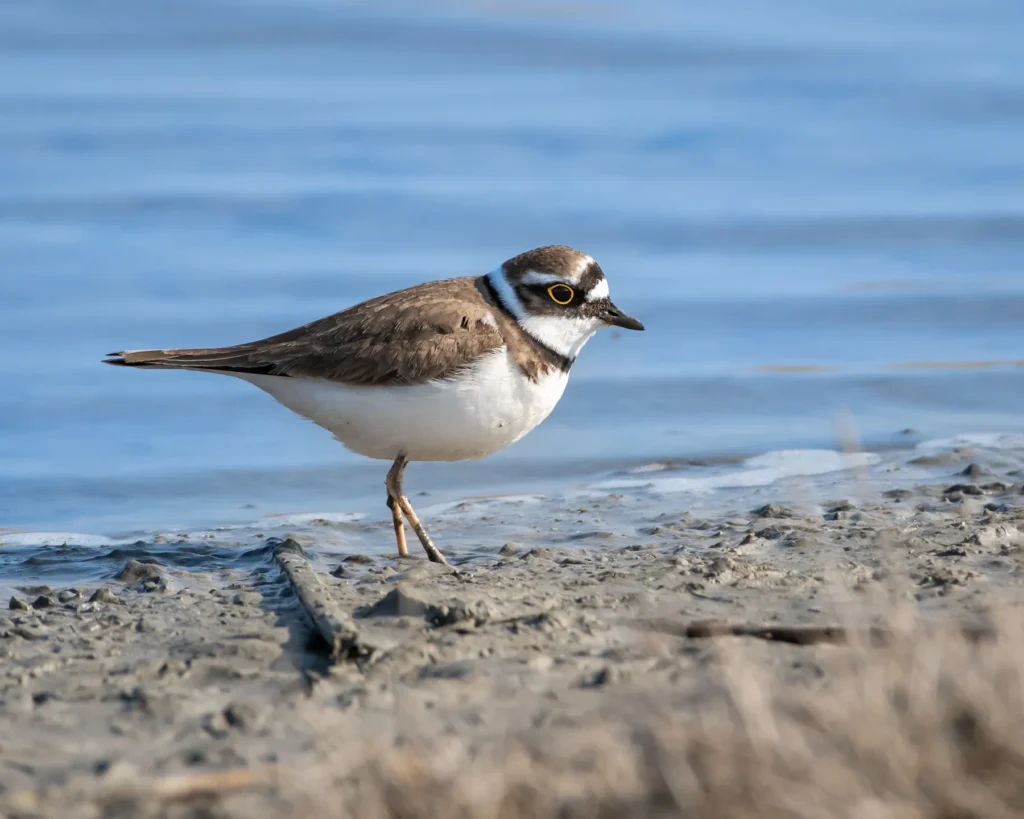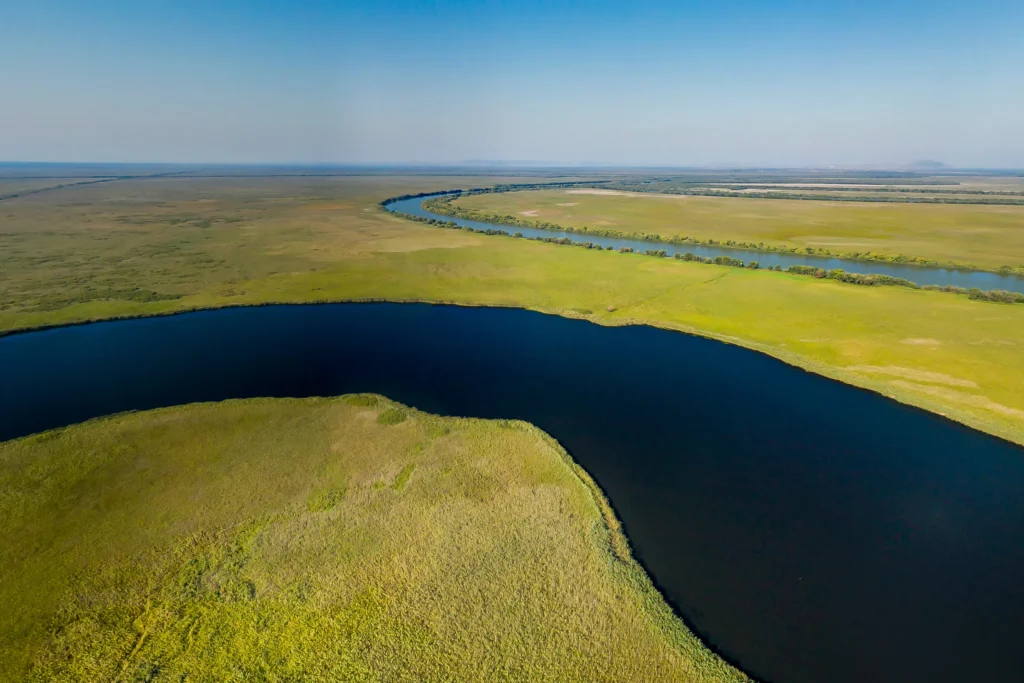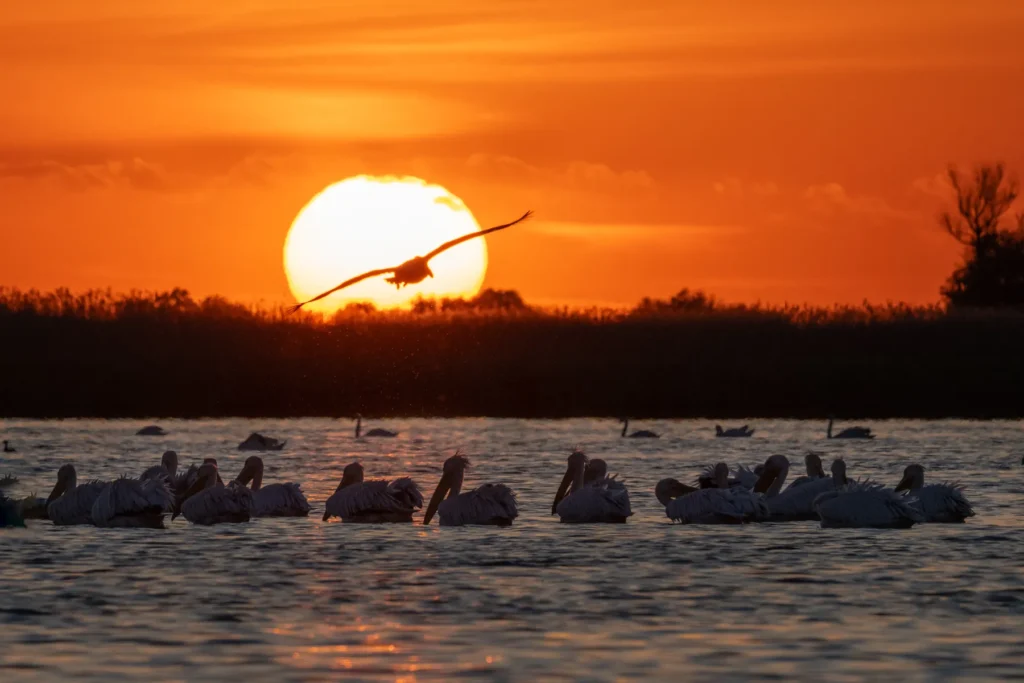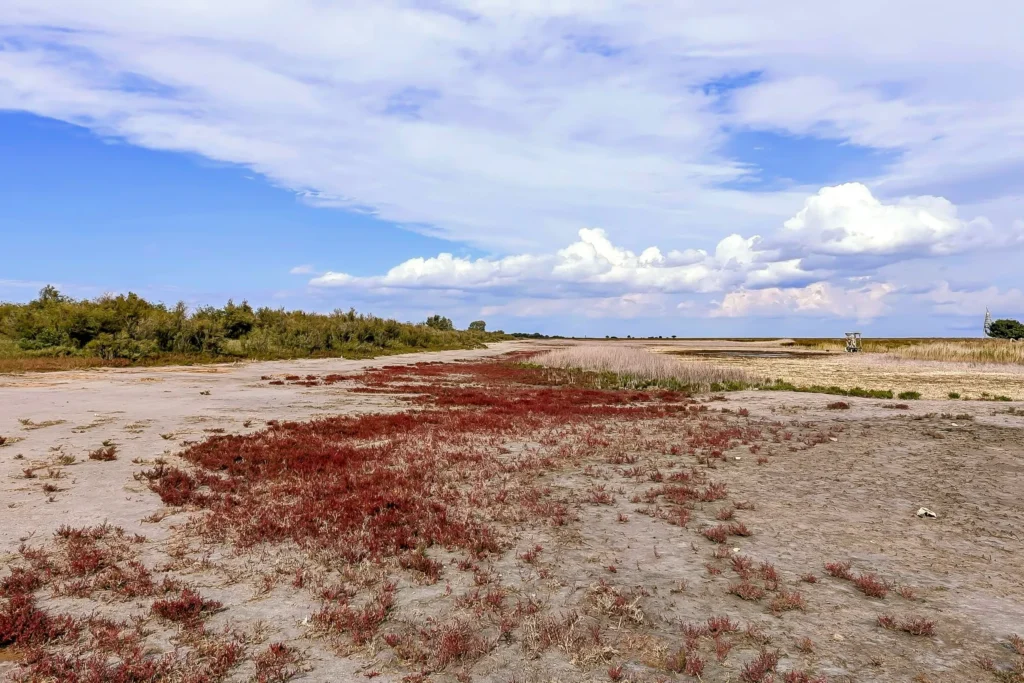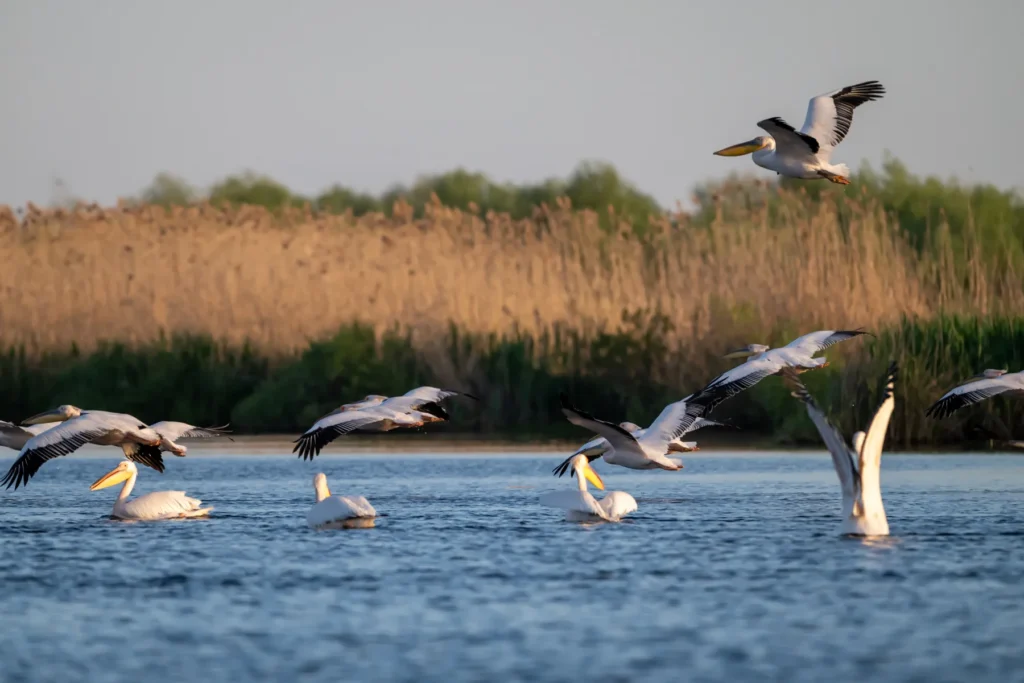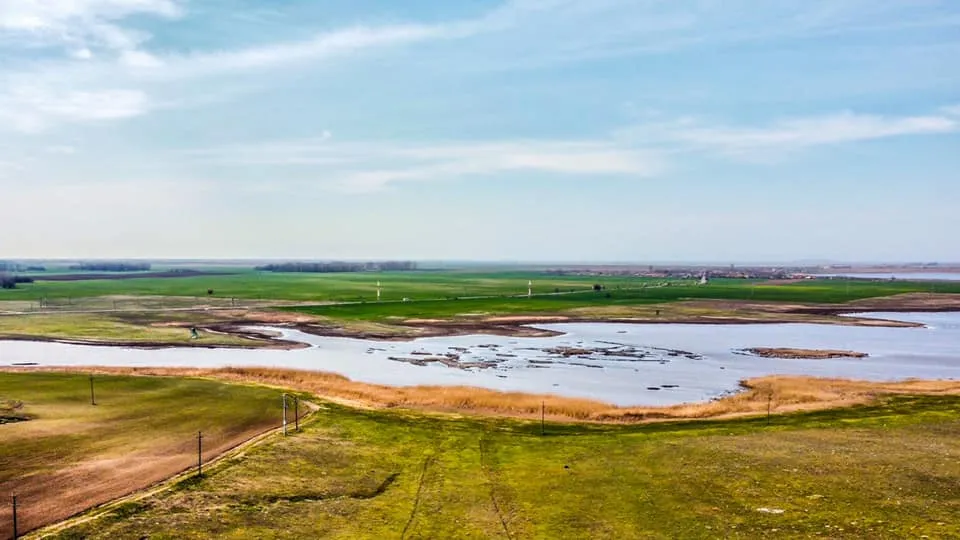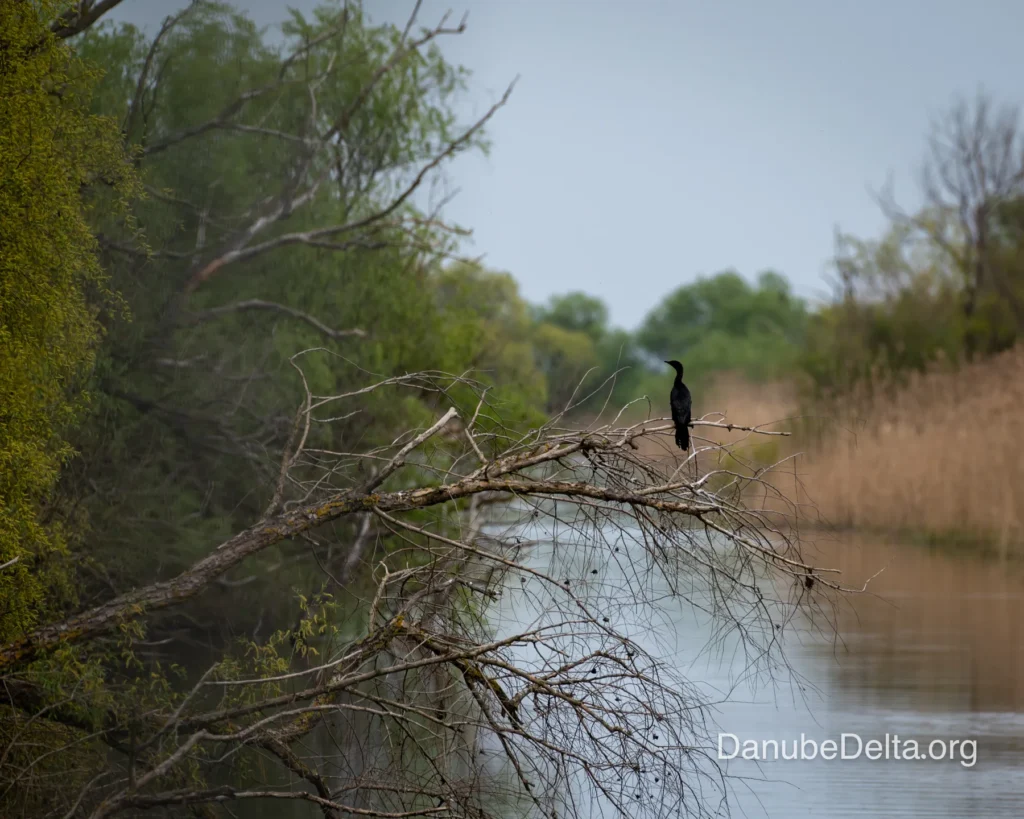Popina Island, a strictly protected area in the Danube Delta
Popina Island - Danube Delta
Popina Island - A Geological and Biological Enclave of the Danube Delta
A Unique Steppe Oasis in the Heart of the Razim Lagoon
Popina Island is a protected natural area of particular importance in the heterogeneous landscape of the Danube Delta. Although included within the vast perimeter of the Danube Delta Biosphere Reserve (DDBBR), the island is distinct from the aquatic and alluvial ecosystems of the Delta, being a geological remnant of continental dry land. This status as a steppe enclave, surrounded by the waters of Lake Razim, makes it a crucial refuge for flora and fauna species that would not thrive in the wet and ever-changing environment of the delta.
Popina Island is one of the 20 strictly protected areas in the RBDD, totalling 50,904 hectares. A notable feature is its location in the north of the Razim or Razelm lake complex, the largest natural lake in Romania. The formation of this lagoon complex is the result of a long-term geological process, whereby the Danube and marine alluvium blocked an ancient bay called Halmyris, isolating the island from the mainland and thus creating a unique habitat. This isolation has created favourable conditions for the conservation of steppe plant and insect species that would otherwise have been vulnerable to the influences of surrounding ecosystems. Moreover, in a context where other unique geological islands, such as Snake Island and Ada Kaleh, have been lost, Popina Island remains a rarity in the Romanian landscape, enhancing its exceptional value.
Official Status and Geographical Characteristics
This section provides a detailed overview of the legal framework and physical features that define Popina Island as a protected area of national interest.
Legal and Administrative Framework
Popina Island has the status of a strict nature reserve, categorised in IUCN Category Ia. It was originally established in 1961 and reaffirmed as a protected area by Law No. 5 of 6 March 2000, a fundamental normative act for protected areas in Romania, published in the Official Gazette. Its delimitation and full protection regime were previously established by Government Decision No 248/1994.
From an administrative point of view, the island is located in the municipality of Sarichioi, in Tulcea County. It covers an area of 98 hectares, which is relatively small but conceals immense biodiversity and scientific value. The nearest town to the island is Babadag.
Geological Origin and Morphology
Popina Island is distinguished by its unique geological origin. Unlike the alluvial formations typical of the Delta, the island is a remnant of a rocky continental sandstone, made up of Triassic limestones that rise to the surface. A part of the island is covered by loess, a type of soil specific to the Dobrogean steppe area.
This atypical geological substratum has directly influenced the island's relief and biodiversity. The island has a plateau 40-45 metres high in the east, reaching a maximum altitude of 47.9 metres. The slope then gently slopes down to the west to an altitude of just 2 metres. This varied topography has created distinct micro-habitats. The considerable altitude protects the island from periodic flooding, providing a stable environment essential for the survival of steppe species. The direct relationship between the island's geology and biodiversity is obvious: the rocky substratum and loess soils allow the development of steppe flora that would not have been able to adapt to the surrounding alluvial environment. This makes the island a veritable natural laboratory.
| Essential feature | Specific detail |
| Protection status | Strict Nature Reserve (IUCN Category Ia) |
| Legislative act | Law No 5/2000 |
| Surface | 98 ha |
| Localisation | Razim-Sinoe Lagoon Complex, Sarichioi Commune, Jud. Tulcea |
| Geological origin | Remnant of a rocky continental sandstone of Triassic limestones covered by loess |
| Maximum altitude | 47,9 m |
| Flagship fauna | The endemic reaper Isophya dobrogensisthe spider Latrodectus tredecimguttatus (black widow), the white helmsman Tadorna tadorna - Common shelduck |
| Flagship flora | Endemic plant Ornithogalum oreoides, steppe plants |
Biodiversity - A Refuge for Unique Species
This section explores in detail the biological richness of the island, emphasising its role as a sanctuary for endemic and rare species adapted to the specific conditions of the steppe habitat.
Specific Flora and Steppe Ecosystem
The vegetation of Popina Island is steppe vegetation, with loess and petrophilous meadows, a remarkable feature in the general context of the Delta, where reed thickets and aquatic vegetation predominate. The geographic isolation of the island over time has allowed the preservation of some species of herbaceous plants specific to the Dobrogea steppe. Among these species are botanical rarities and endemics, such as the endemic plant
Ornithogalum oreoidesalongside other rare species such as Papaver hybridum, Bufonia tenuifolia and Austrian sage. The presence of these species of flora, adapted to the poor, rocky soils, is a direct consequence of the island's unusual geological substratum, a testament to how abiotic factors (soil, relief) directly shape biodiversity.
Diverse Fauna
The island's fauna is equally remarkable, including a mix of rare invertebrate species and a rich avifauna.
Endemic invertebrates and rarities
Popina Island is an invertebrate biodiversity hotspot. It's the only place in the world where the endemic grasshopper Isophya dobrogensis. The island also serves as a habitat for other unusual species, including the venomous black widow spider (Latrodectus tredecimguttatus) and the giant centipede (Scolopendra cingulataThe existence of these rare species on the island demonstrates the stability of the local ecosystem, which has been isolated from external influences for a long enough period to allow the evolution and survival of these rarities. The food chain, based on steppe plants and the insects that feed on them, has allowed the survival of specialised predators such as the black widow.
Birds - Resting and Nesting Place
Popina Island is an essential stopover, feeding, nesting and resting place for 130 species of birds, 17 of which are nesting. Its ornithological importance is recognised for the species that nest here, including the white kite (Tadorna tadorna - Common shelduck) and the red (Falco tinnununculus), which find shelter in rock crevices. Other marsh and woodland species, such as the red-backed nightingale (Luscinia megarhynchos) and the Bărăgan lark (Melanocorypha calandra), can be observed in this area. This vital role for birdlife is directly linked to the geographical position of the island, which makes it a strategic point on migration routes and a safe sanctuary in the middle of the lagoon waters.
Threats and Conservation Efforts
The conservation of Popina Island is a priority given its unique status. This section analyses the pressures on the island and the protective measures in place to preserve its ecological value.
Anthropogenic and Natural Pressure Factors
Although geographically isolated, the island is not completely free from human impact. The main direct anthropogenic threat comes from the regular presence of fishermen. Their activity can disturb nesting birds and affect sensitive species. Another major risk, although not explicitly documented for Popina, is illegal camping, a general threat in the coastal areas of the Delta. This can lead to habitat degradation and fire outbreaks, a particularly high risk during periods of dry vegetation. A natural threat, but one that could be exacerbated by human action, is the vulnerability of wildlife to fluctuations in water levels.
A favourable aspect of the island, mentioned in the documents, is the absence of grazing by domestic animals, a major pressure factor in other steppe areas of Dobrogea. This has allowed the island's steppe vegetation to remain unaltered.
Projects and Protection Measures
Popina's full protection regime as a strictly protected area is the most effective conservation measure. This status imposes clear prohibitions: any economic activity is forbidden and the general public is strictly prohibited from entering the island. Access is allowed only for research and monitoring purposes, under the supervision of the Administration of the Danube Delta Biosphere Reserve (ARBDD). With this approach, the authorities aim to minimise direct human impact on sensitive biodiversity, preventing habitat destruction and species disturbance. This active conservation strategy, based on containment and monitoring, is crucial to protect such a fragile ecosystem.
Access Rules and Recommendations for Visitors
This section provides essential information for holidaymakers interested in discovering Popina Island, offering a practical guide while respecting strict conservation rules.
General Visiting Rules
In order to visit Popina Island, you need to follow a strict regulation. Direct entry to the island is forbidden to the general public. Any activity that could disturb the ecosystem, including collecting plants, trapping animals, loud noises or camping, is strictly prohibited. This restriction directly protects nesting species and fragile habitats.
The island can only be visited from a distance. Tourists can admire the scenery and wildlife with binoculars from the shore of Lake Razim or from boats, keeping a minimum distance of 5 metres from the water. This form of passive tourism, centred on birdwatching and scenery, allows you to explore the area without causing a negative impact on nature.
Access to the Island
Popina Island is located in the Razim lagoon complex, near the villages of Iazurile and Sarichioi. The nearest town is Babadag, and access to the island is usually from these localities or from the local navigable tourist routes. It is recommended to use a local guide, who knows the navigation rules and sensitive areas, ensuring a safe and environmentally friendly experience.
Synthesis and Conclusions
Popina Island, a protected area of 98 hectares, classified in Category Ia IUCN, stands out as a geological and ecological enclave in the heart of the Danube Delta. Its origin as a remnant of a rocky continental sandstone, composed of Triassic limestones, and its maximum altitude of almost 48 metres, fundamentally differentiate it from the surrounding alluvial environment. This unique substrate has allowed the development of remarkable biodiversity, acting as a refuge for species of steppe flora and fauna that could not survive elsewhere in the Delta.
In addition to its specific flora, the island is home to rare fauna of worldwide scientific importance, such as the endemic grasshopper Isophya dobrogensis and the black widow spider (Latrodectus tredecimguttatusMoreover, its role as a strategic roosting and nesting site for numerous migratory bird species, including the white and red kestrel, emphasises its importance in Europe's ecological context.
Conservation measures are based on a strict regime of integral protection, which prohibits any economic activity and limits public access to the island. Visiting is done remotely, through passive tourism, with access permits issued by the ARBDD, thus ensuring that the value of the island is protected for future generations. Popina Island is not just a tourist destination, but an eloquent example of a natural 'study laboratory' and 'diversity bank', demonstrating the success of a rigorous approach to protecting an exceptional natural heritage.
Events in the Danube Delta
Accommodation to suit all tastes:
Whether you prefer the cosiness of modern villas, the rustic atmosphere of traditional guesthouses or the adventure of camping, they offer a variety of accommodation options to suit your needs and budget.
